You may have come across the Japanese concept of Hoshin kanri if you’ve ever been involved in Six Sigma or in Lean production techniques. It has been used successfully in Toyota and many other Japanese companies. I first heard of it in a book called “The Toyota Way” by Jeffrey Liker, when I was studying the principles of Lean Management.
What is hoshin kanri?
Hoshin kanri means ‘management compass’. Another hoshin kanri translation is “policy deployment”, and another is “strategy deployment”. The idea is to formulate clear corporate objectives and goals, disseminating and aligning those objectives throughout all levels within the organisation, and creating plans to achieve those objectives. Toyota use hoshin kanri as a holistic approach to business transformation. It aligns their goals from top to bottom.
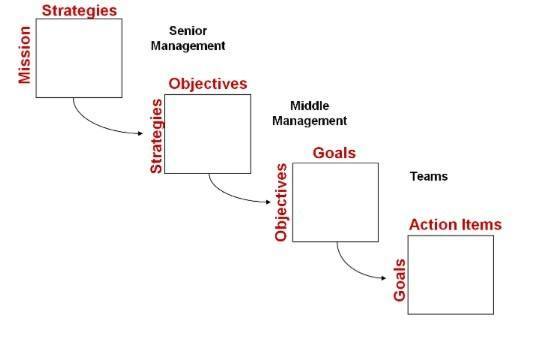
Hoshins represent a way to create strategic plans that are dynamic. Key to the hoshin is that it is driven by the organisation’s vision. The Plan-Do-Check-Act cycle of continuous improvement is also a fundamental part the hoshin process.
Plan-Do-Check-Act, the cycle of continuous improvement
Plan-Do-Check-Act (PDCA), is sometimes known as the ‘Deming Wheel’ after Dr William Edwards Deming in the 1950s.
The four phases are:
- Plan – identify and analyse the problem, develop hypotheses about what the issues might be, and choose which one to test
- Do – test the possible solution on a small scale, and measure the results
- Check (study) – study the result, measure effectiveness, and deide whether the original hypothesis is supported or not.
- Act – if the solution was successful, implement it.
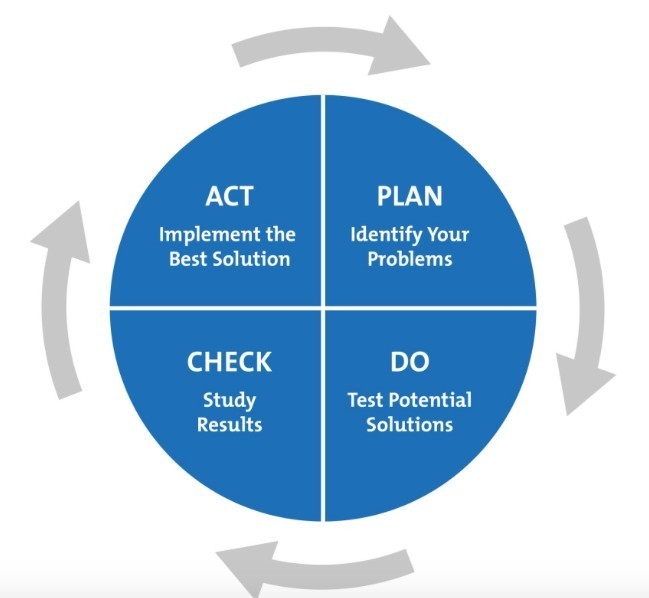
The principles of hoshin kanri include:
- Measuring the system as a whole
- Setting objectives for the business
- An understanding of the environment
- Prioritisation of resources for the objectives that matter most
- The hoshin becomes a focal point for organisational learning
A hoshin kanri is typically developed on what’s known as a hoshin kanri x matrix. Here’s an example:
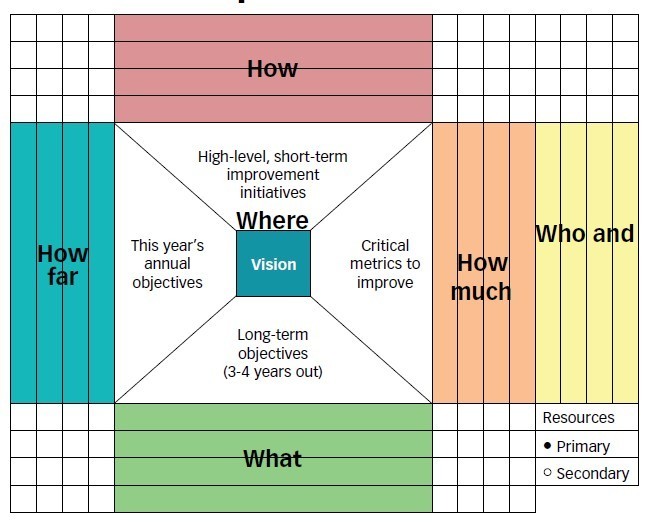
As you will see, it focuses on:
> Objectives – “what”
> Strategies – “how”
> Deliverables and metrics – “how much”
> Timeline – “when”
> Resources – “who”
Anyone can benefit from doing their own X matrix
You don’t have to be a huge corporation to benefit from the hoshin kanri process. Even organisations of one can benefit. Individuals like you who are working from home or want to be working from home should spend time thinking about your own longer term strategy, and the steps you’ll need to take to get there.
You need to be thinking about continuous improvement in small steps, testing and adusting to move forward. It is all a process. If you don’t have a plan, how will you know if you’re successful?
I developed my own X matrix. It focuses on:
- my high level, short term initiatives
- annual objectives for this year
- critical metrics to improve
- long term objectives (3-4 years)
My high level, short term initiatives are written as SMART goals.
A free hoshin kanri excel template
Developing your own hoshin, sometimes also called “plan on a page” is a great exercise to consolidate your thoughts about both strategic and operational objectives for you, including how you want to measure those objectives.
Develop your own hoshin kanri template, or use the free hoshin kanri excel template that I have found here. You do not need to sign up for anything, just click on “download templates”.
Some excellent references so you can find out more
To learn more about hoshin kanri strategy, there are some good books you may want to take a look at:
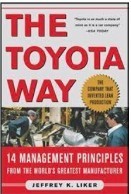 The Toyota Way by Jeffrey Liker. You can buy it here.
The Toyota Way by Jeffrey Liker. You can buy it here.
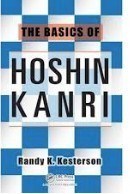 The Basics of Hoshin Kanri by Randy K. Kesterson. You can buy it here.
The Basics of Hoshin Kanri by Randy K. Kesterson. You can buy it here.
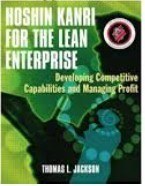 Hoshin Kanri for the Lean Enterprise. You can buy it here.
Hoshin Kanri for the Lean Enterprise. You can buy it here.
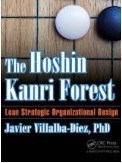 The Hoshin Kanri Forest by Javier Villalba-Diaz PhD. You can buy it here.
The Hoshin Kanri Forest by Javier Villalba-Diaz PhD. You can buy it here.
 Hoshin Kanri by David Hutchins. You can buy it here.
Hoshin Kanri by David Hutchins. You can buy it here.
Whether you are working from home or working in an organisation, having a strategy for your own success is key. Being able to continuously review and improve what you do is vital. Be clear about the steps you will take to get there.
Don’t be afraid! Jump in and give it a go. Keep refining your plan until you are happy with it. And remember to revisit your plan on a regular basis.
Consider:
- How are you going against your metrics?
- What can you do to improve your metrics?
- Are they the right metrics?
- Are you on track to meet your annual objectives? If not, why?
- Have you put enough stretch in your objectives?
I hope you find the information here about hoshin kanri useful. I personally love the idea of having a strategic and operational plan altoghether on one page, together with metrics.
I wish you all the best in your working from home endeavours! You are doing great. I believe in you!
Need some more inspiration to kick start your career from home? Find out more here.
Drop me a comment or question below and I’m happy to help.

I have experience in Lean methodology. Although Hoshin Kanri is not a very popular lean tool, I really like it because it provides the “why” of the organization, it’s purpose. People do well when they have a purpose, not just to understand what they do but to know why they’re doing it. Great post! Thanks!
Hi Gigi, thanks so much for your comment and for reading my post. I agree that purpose is so important as it guides us in what we are doing when we are always thinking about the ‘why’. Thanks for stopping by!